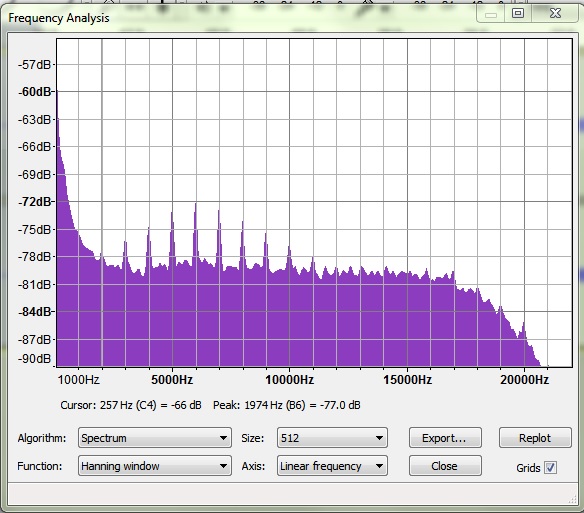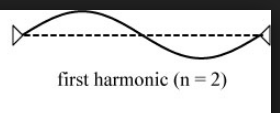Audacity 2.0.5 from exe
Laptop: Win7 Ultimate 32 bit PC: Win7 home premium 64 bit
ok, so the ultimate answer here is very likely: get a USB preamp and a proper 1/4’’ jack microphone, instead of using a 16 bit USB mic. But for now, a USB mic is what I have. It’s a condenser with a shock cage which I have inside a foam lined box on a microphone stand for recording, on the end of a 5m shielded cable.
The problem is hiss. Quite a lot of hiss. I understand electrical interference is usually more of a hum, and this is definitely a hiss - it’s the very definition of white noise. Above an input level of 2.0 in the audacity interface the hiss and general noise level goes up accordingly, but what’s interesting is that if I lower the mic input below 2.0, the hiss does NOT get quieter. It can go to ZERO, and record… there will be hiss. If I go into the windows recording devices interface and check the box to listen to the device and apply, then go into levels and put it to zero… there’s that hiss again. There are no advanced features (e.g. noise cancellation etc) to choose from so there’s nothing to tweak. So something is not right here, and I would suspect it’s the mic or the USB interfaces (but that would be at least 3 entirely separate USB bus devices as there’s two in the main PC, for front and back panel).
I’ve tested the mic on a different computer (one with a louder fan), same issue (the hiss was exactly the same level, this is how I know it isn’t background noise), I’ve got the mic isolated enough that even the fan in my full size PC isn’t disturbing things in terms of actual ambient noise. I’ve changed it’s cable - it was already using a shielded cable that it came with, I bought another 2m shielded cable and tried that. Marginal improvement, but I could be imagining it. Ran the mic through a powered USB hub, connected to the PC with the shielded cable - again, marginal improvement but I think I’m imagining less of that.
Only thing I haven’t tried is a different USB mic to make sure it’s not the USB ports or sound card etc. That’s on it’s way because I’ve not recorded in a few months and I used to record at 0.60 input absolutely fine, so I’m fairly confident a large part of the issue is that the mic has somehow started to deteriorate. If it doesn’t sort it then I guess it’s save up a few hundred quid to retool with a USB pre-amp and a 1/4’’ condenser because frankly how else am I going to record to the computer?
In the meantime whilst I establish that, I want to know what i can do best to minimise the impact of the hiss at the point of recording. Are there any plug ins or settings i can tweak at the point of capture (e.g. dither)? I’ve been scouring the internet all day and trying things out (like noise gates, noise removal etc - which with the level of hiss involved just leave too many artefacts behind, again they didn’t used to), finally gave up and just decided to ask - post processing is only for polish anyway in my mind, this is something that needs to be addressed earlier than that.
Also see the attached spectrum analysis of some ‘silence’ (input to 0.2, no background noise etc), in case it’s any use. I’ve tried to use notch filtering from the tutorials but it doesn’t seem to make any difference. Wav file also attached.
Any help gratefully appreciated.


